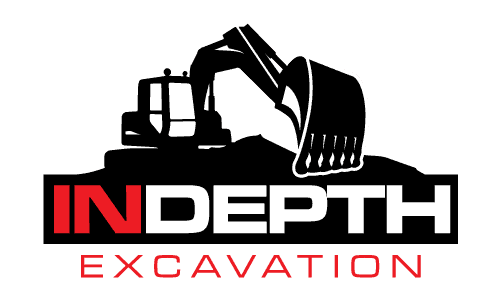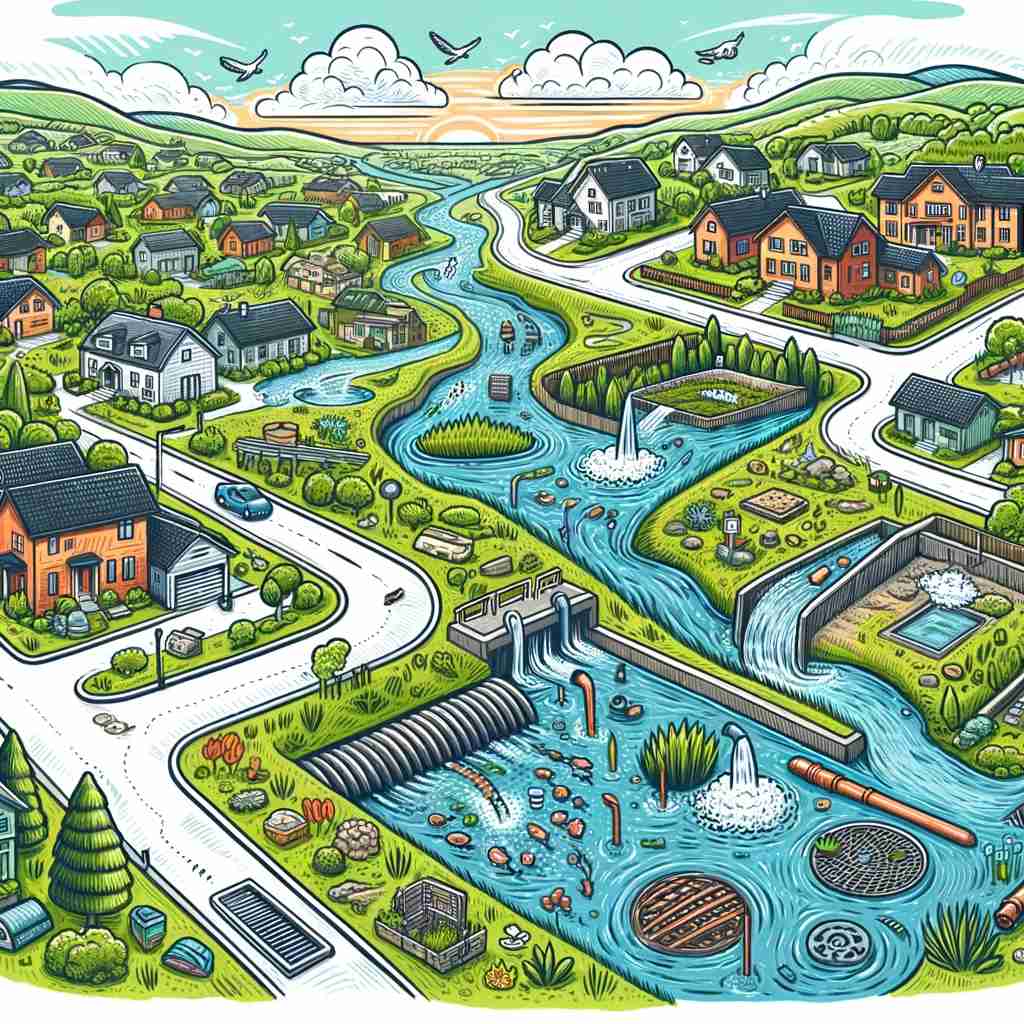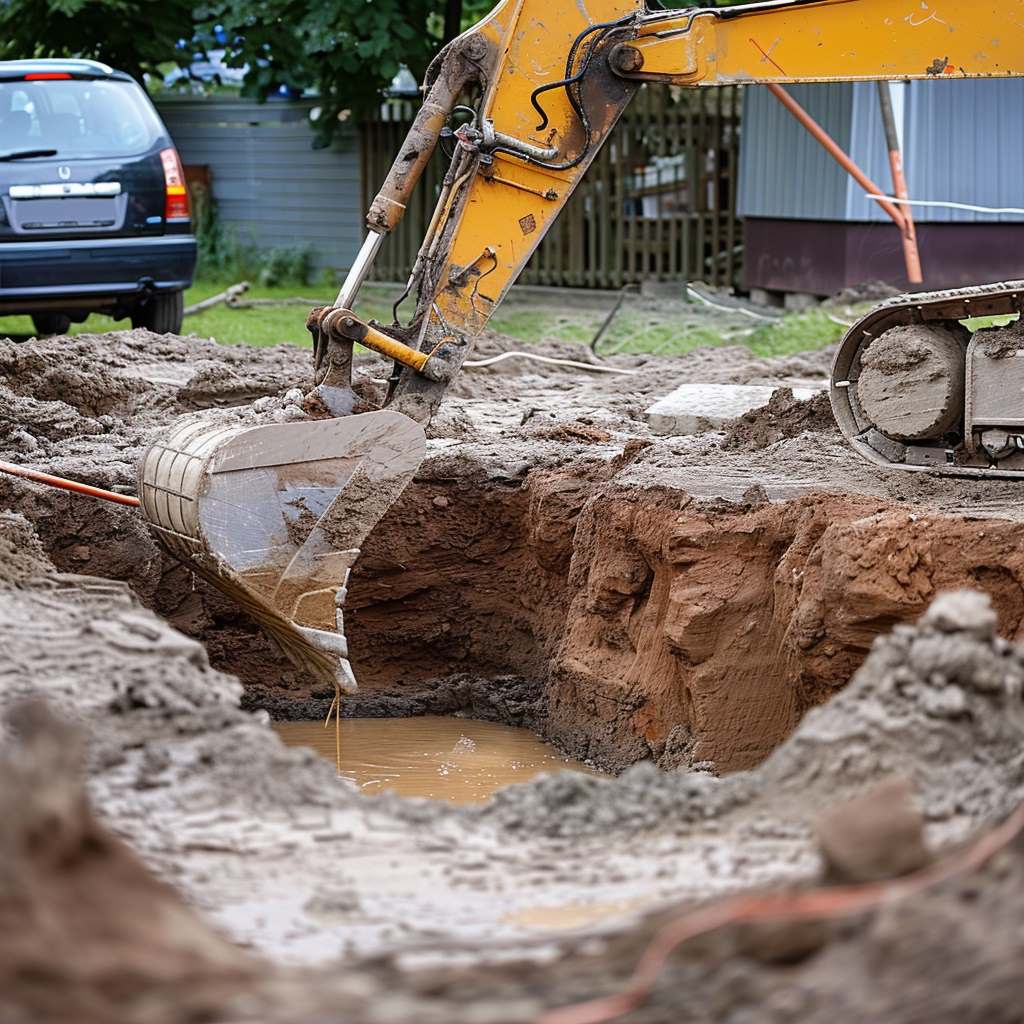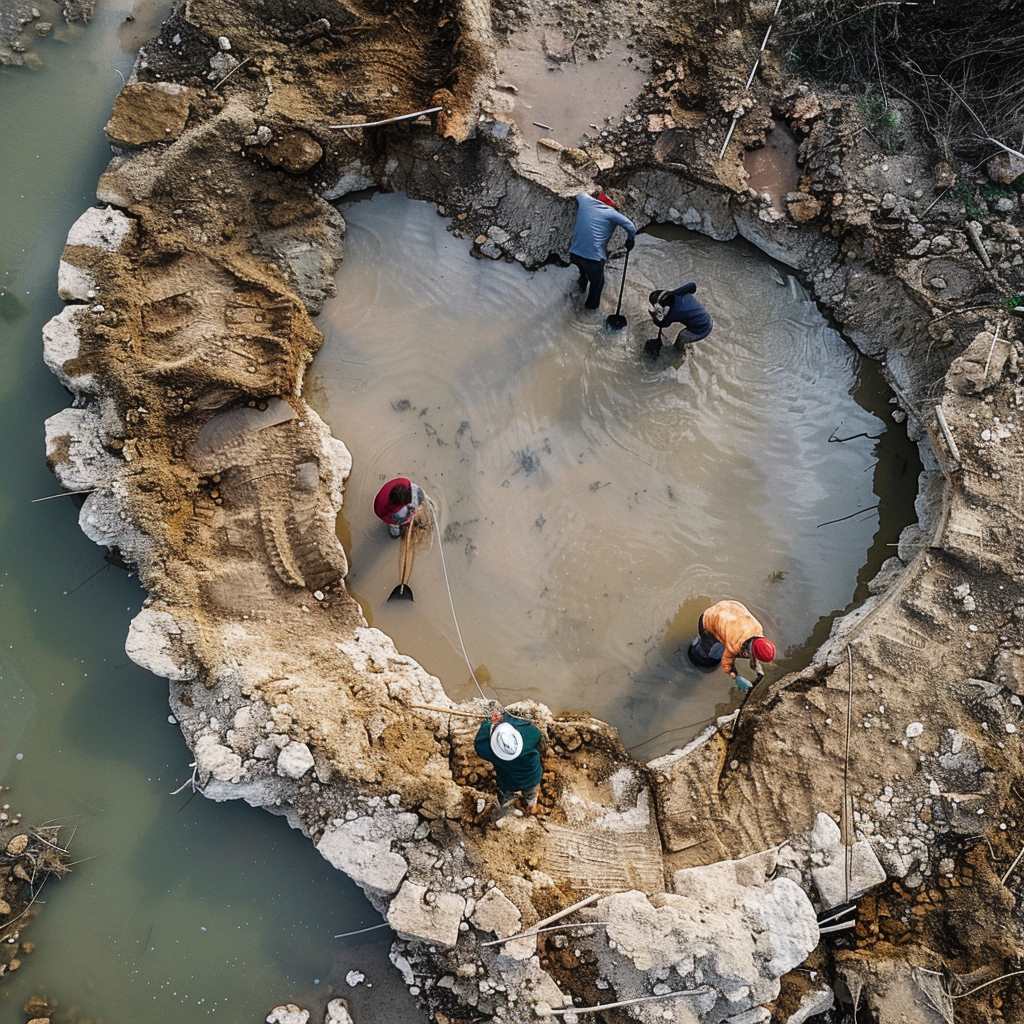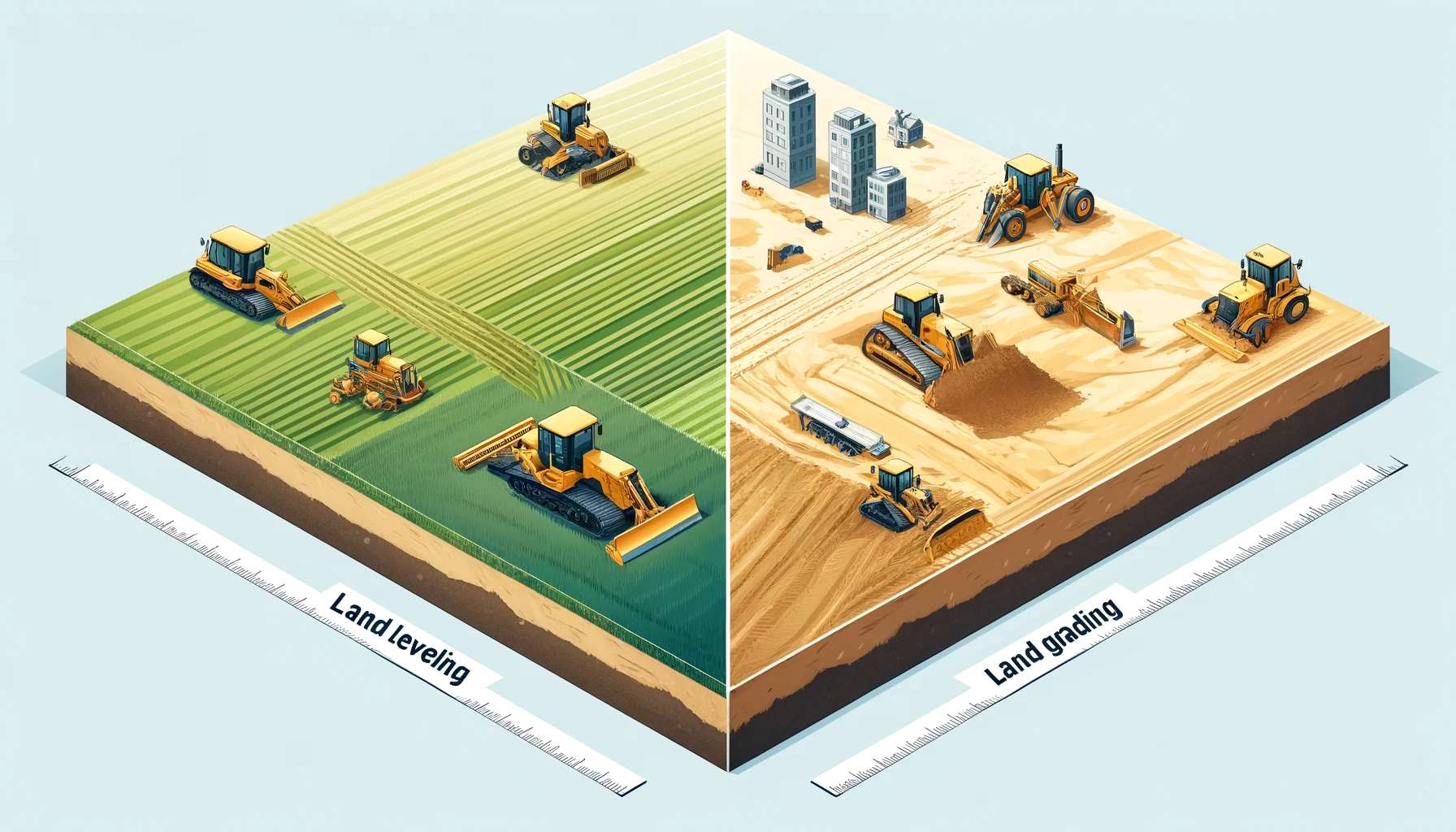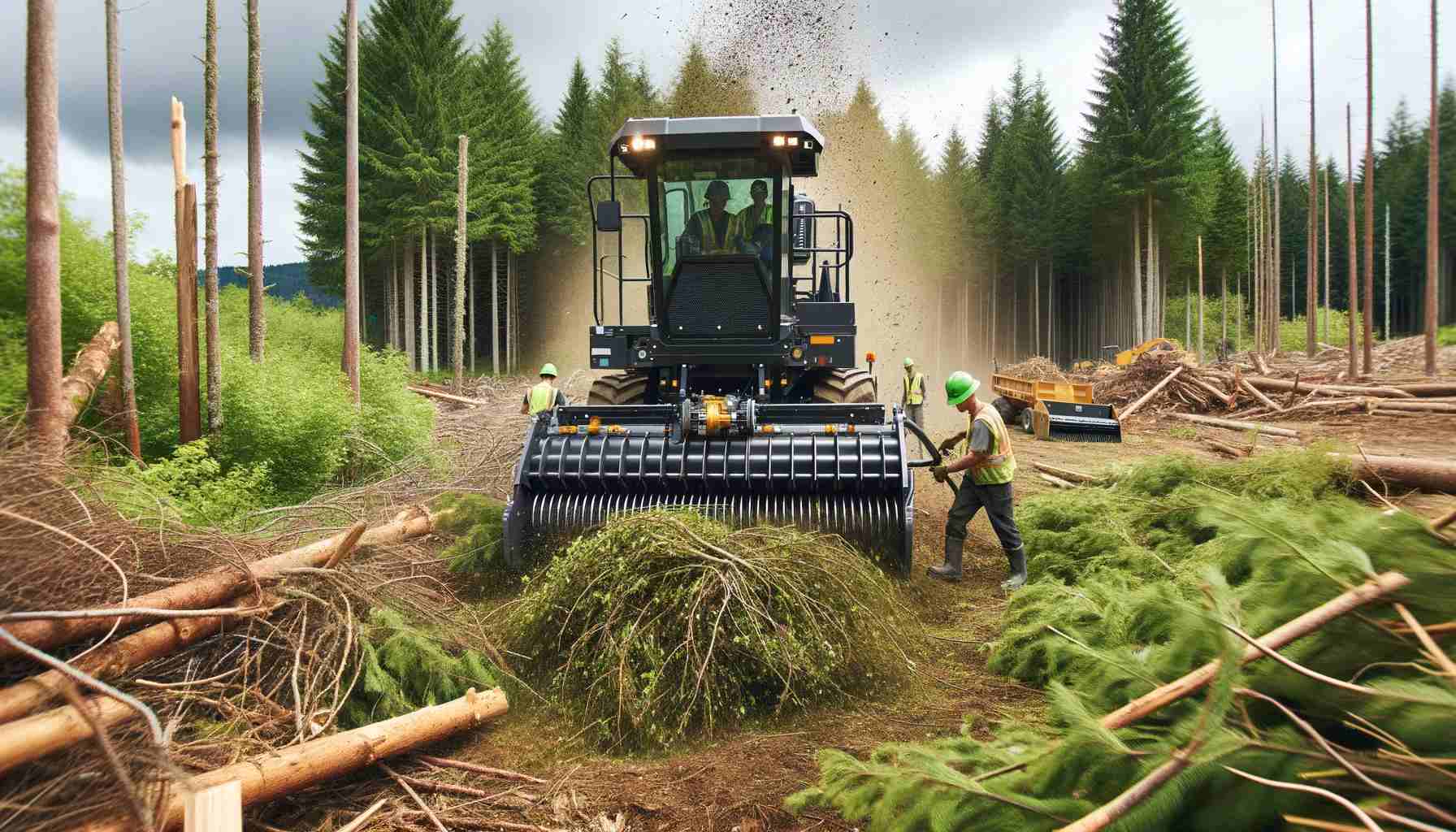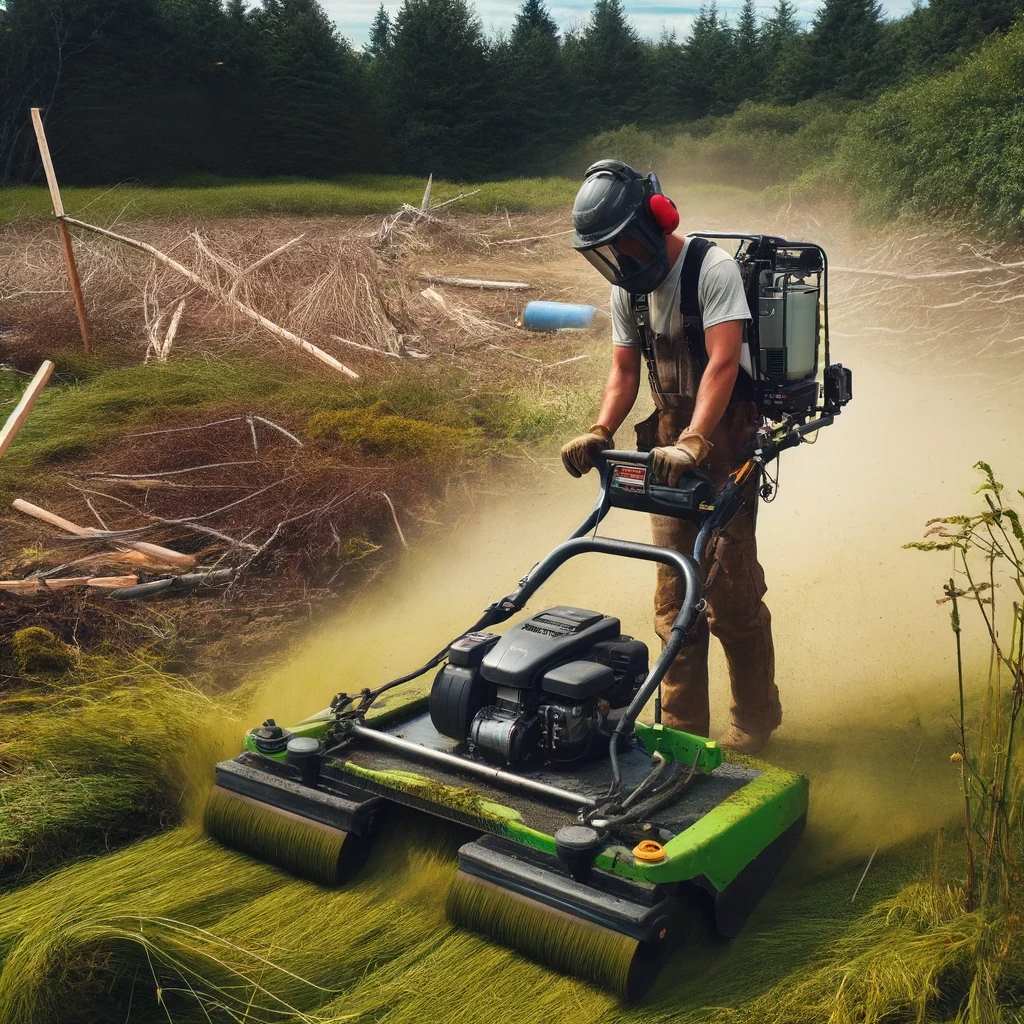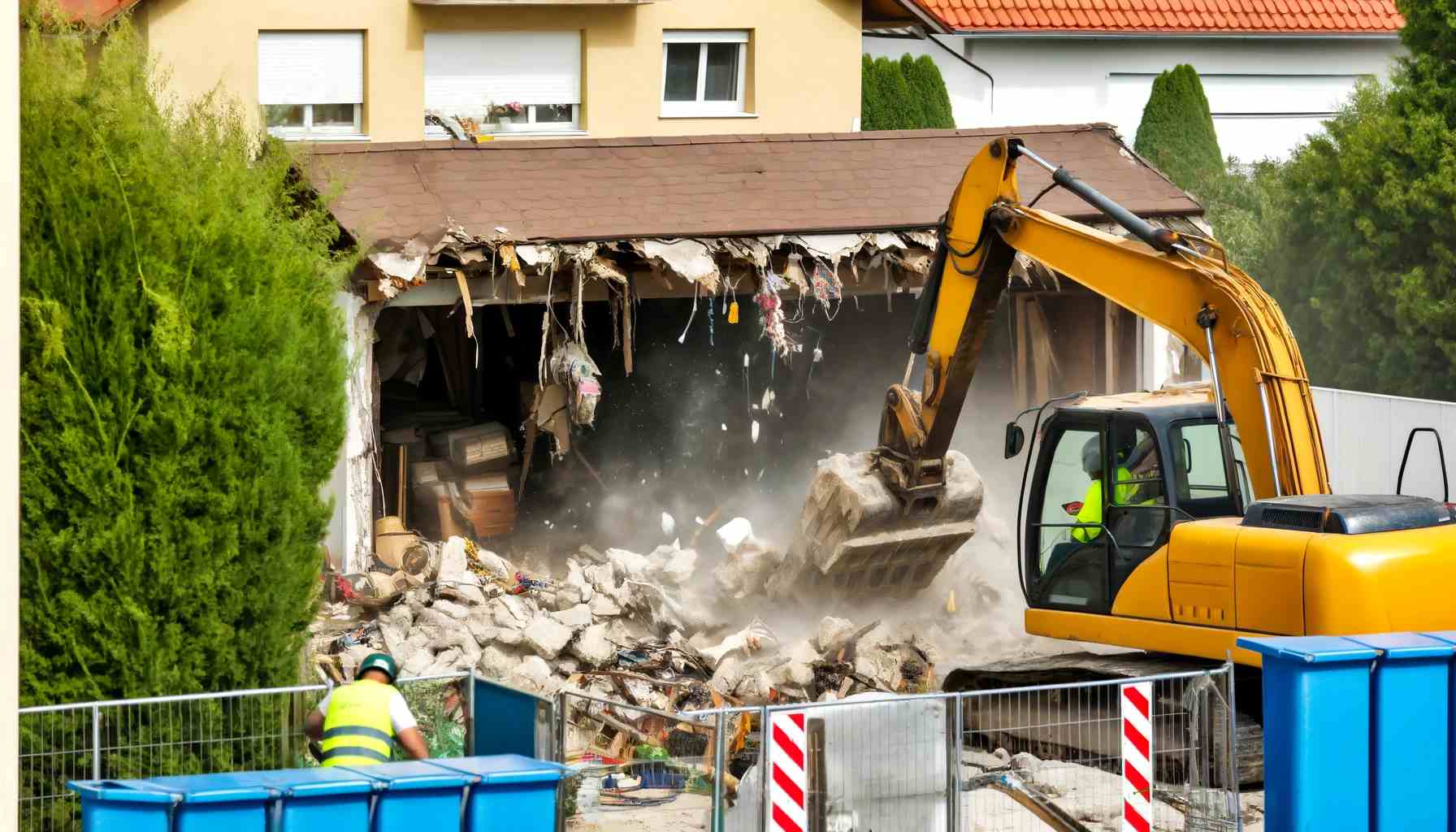Snohomish's Regulations: Introduction
Snohomish County, located in Washington State, is renowned for its picturesque landscapes and waterways. However, managing stormwater in this region is a complex task, crucial for preserving its natural beauty. The county has enacted specific regulations governing storm drain systems to maintain environmental health and ensure effective drainage in both urban and rural settings.
For residents, businesses, and contractors, understanding and adhering to these regulations is pivotal for legal compliance and contributing to the region’s environmental sustainability.
Key Takeaways
| Key Takeaway | Description |
|---|---|
| Regulatory Oversight | Managed by Snohomish County Department of Public Works, city/town public works departments, and the Washington State Department of Ecology. |
| Comprehensive Application | Applicable to all new developments, redevelopments, and significant improvements throughout the county. |
| Technical Guidelines | Detailed in the Stormwater Management Manual, outlining specific design and maintenance standards for stormwater systems. |
| Permit Necessity | Drainage permits are required for various land-disturbing activities, ensuring adherence to stormwater management standards. |
| Maintenance Obligations | Property owners are responsible for maintaining stormwater facilities on their land. |
| Environmental Protection | Regulations in place to prevent pollution and protect local water bodies from stormwater impacts. |
Table of Contents
Overview of Snohomish Drainage Laws
1. Purpose and Scope
The laws aim to manage the collection, storage, transport, and disposal of stormwater, encompassing new developments and substantial improvements throughout the county. These regulations serve to mitigate flooding risks, safeguard water quality, and align with state and federal mandates on stormwater management.
2. Regulatory Bodies
The primary entities overseeing these regulations include:
Snohomish County Department of Public Works:
- Enforcement in unincorporated areas.
City and Town Public Works Departments:
- Regulation within their respective jurisdictions.
Washington State Department of Ecology:
- Guiding and enforcing state-level requirements.
3. Key Regulations
Crucial aspects of the county’s drainage regulations encompass:
Stormwater Management Manual:
- Technical standards for drainage systems, focusing on conveyance systems, flow control, and runoff treatment.
Maintenance Requirements:
- Mandating property owners to upkeep stormwater facilities and conduct regular checks.
Development Standards:
- Obliging new constructions to adhere to stormwater management norms through approved plans.
Erosion Control:
- Implementing measures to curb erosion during construction.
Water Quality:
- Designing stormwater systems to prevent pollution and safeguard local water bodies.
Understanding Local Regulations
Snohomish County Code
Key chapters of the County Code include:
- Chapter 30.63A Drainage
- 25.20.020- Storm and Surface Water Utility
- Current Requirements – Stormwater Management
These chapters dictate the submission of drainage plans, permit acquisition, erosion control implementation, and maintenance duties.
Municipal Codes
Cities and towns within the county have their unique codes, aligning with county regulations but possibly incorporating additional local stipulations.
Snohomish has a website here, that helps guide you through understanding Municipal codes, readily available.
Permit Requirements
Drainage permits are imperative for land-disturbing activities, mandating drainage plans, temporary erosion control plans, and adherence to all stormwater management standards.
Impact on Residential and Commercial Properties
Both residential and commercial properties are subject to these regulations, including the maintenance of drainage systems and management of runoff.
Compliance and Best Practices
Regular Inspections:
- Ensuring the functionality and compliance of stormwater facilities.
Professional Involvement:
- Employing licensed professionals for compliant system designs.
Erosion Control:
- Implementing approved measures during construction.
Education:
- Informing all parties involved in land development about regulations and best practices.
Reporting:
- Alerting authorities about any non-compliant activities or pollution.
Retrofitting:
- Updating older properties to conform to current standards.
Conclusion
Comprehending and complying with Snohomish County’s stormwater regulations is crucial for construction, development, and property management in the area. These regulations play a pivotal role in maintaining the ecological integrity of local watersheds, preventing flooding and erosion, and safeguarding the community. Being informed about specific area and project requirements is essential for compliance and environmental responsibility.
Frequently Asked Questions (FAQs) About Snohomish's Storm Drain Regulations
What are the primary goals of Snohomish's storm drain regulations?
The primary goals are to manage stormwater effectively, prevent flooding, protect water quality, and comply with state and federal environmental regulations.
Who oversees the storm drain regulations in Snohomish County?
The Snohomish County Department of Public Works, city and town public works departments, and the Washington State Department of Ecology are responsible for the oversight.
What is the Stormwater Management Manual?
It is a document that provides technical standards for the design and maintenance of stormwater systems in Snohomish County.
Are permits required for all construction activities in Snohomish County?
Property owners must maintain stormwater facilities on their land, conduct regular inspections, and manage runoff from their properties appropriately.
What are the responsibilities of property owners regarding stormwater facilities?
Drainage permits are required for land-disturbing activities such as clearing, grading, excavating, and construction. These activities must adhere to the county’s stormwater management standards.
How do municipal codes relate to the county's stormwater regulations?
Incorporated cities and towns within Snohomish County have their own municipal codes, which align with the county’s regulations but may include additional local requirements.
What should be done if a stormwater system is not functioning properly?
Report any issues with stormwater systems, including improper discharges or pollution, to local authorities for immediate action.
How can residents and businesses ensure compliance with these regulations?
Engaging licensed professionals for system design, conducting regular inspections, implementing erosion control measures, and staying informed about local stormwater management practices are key to ensuring compliance.
